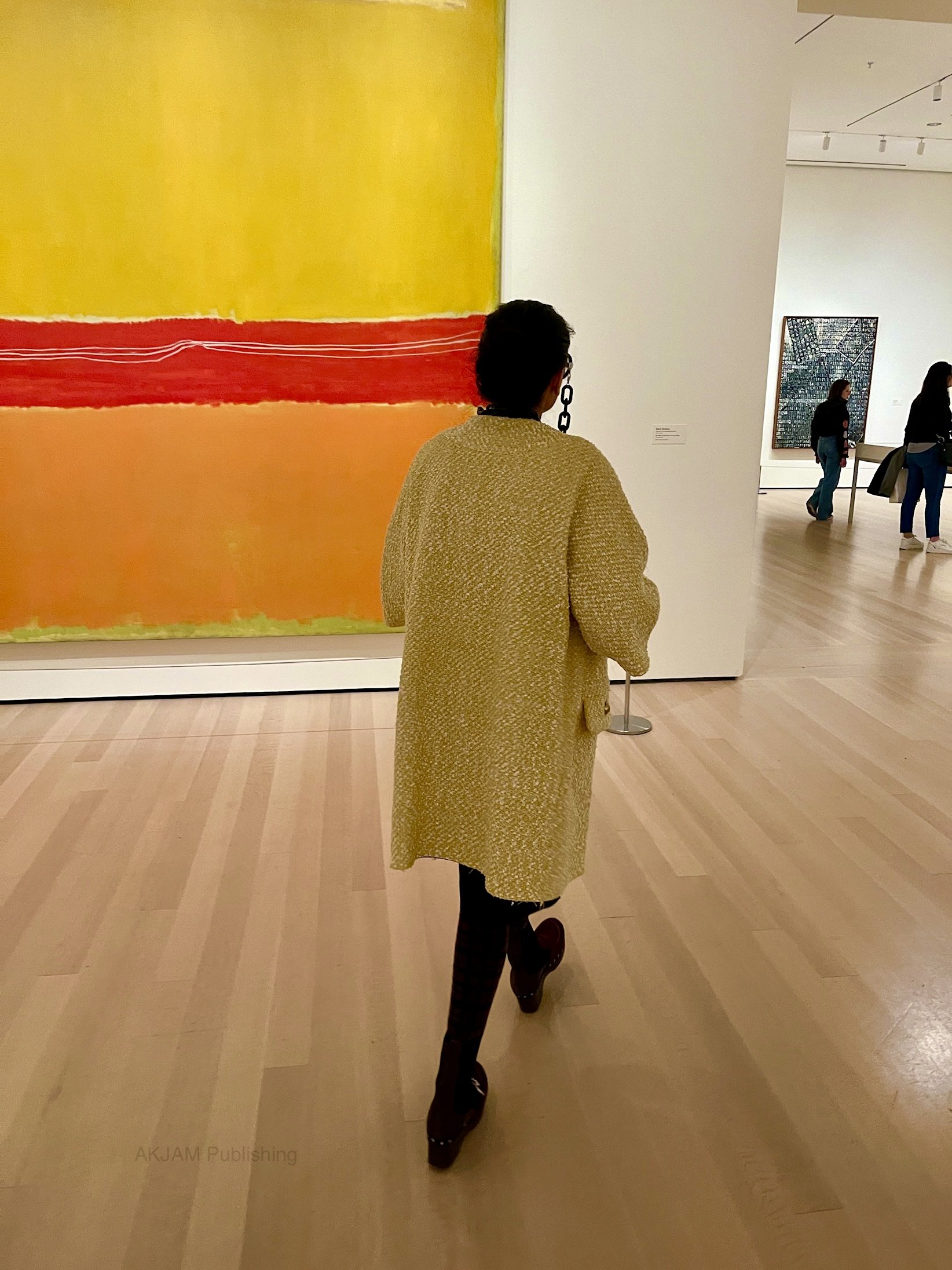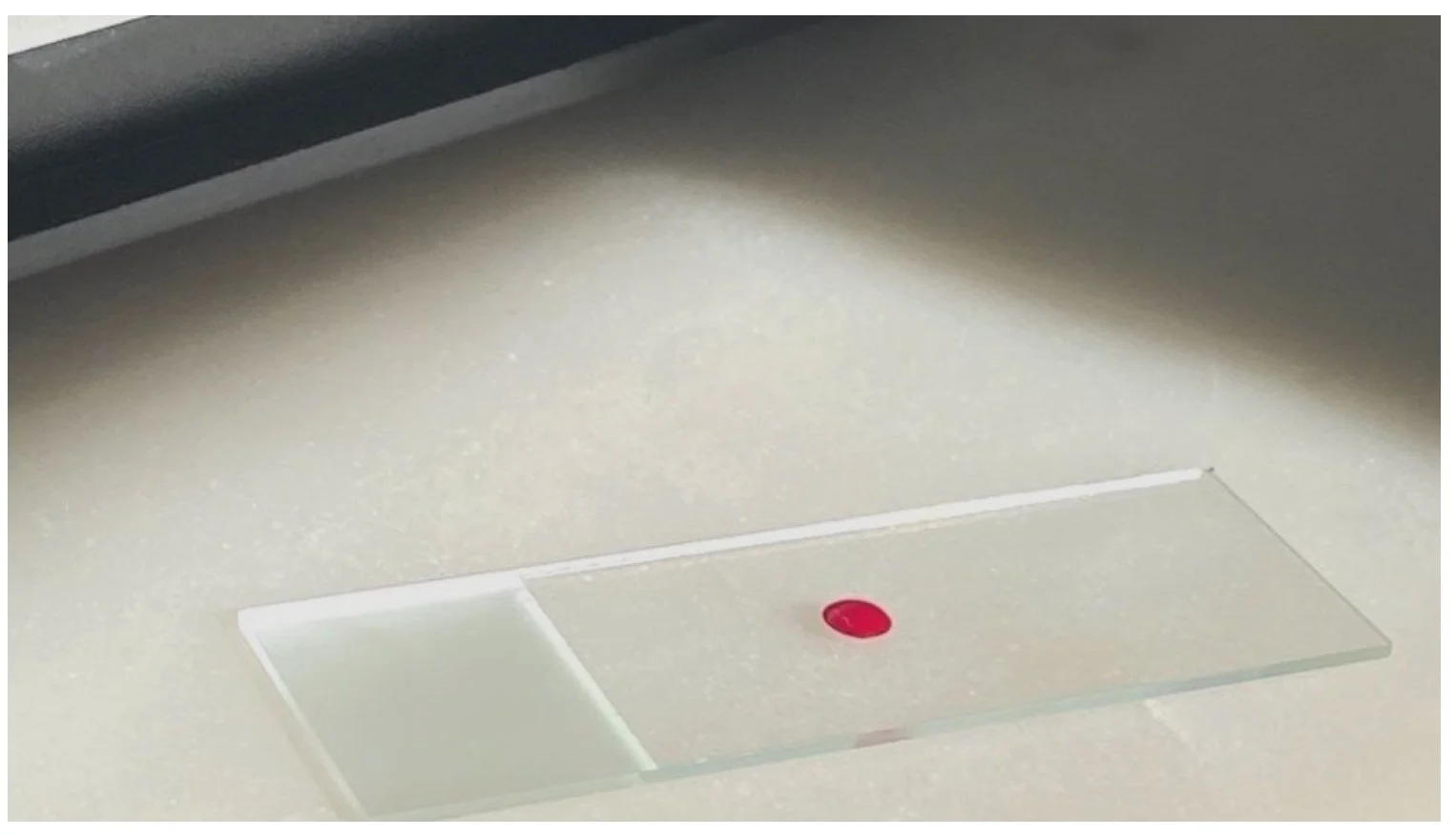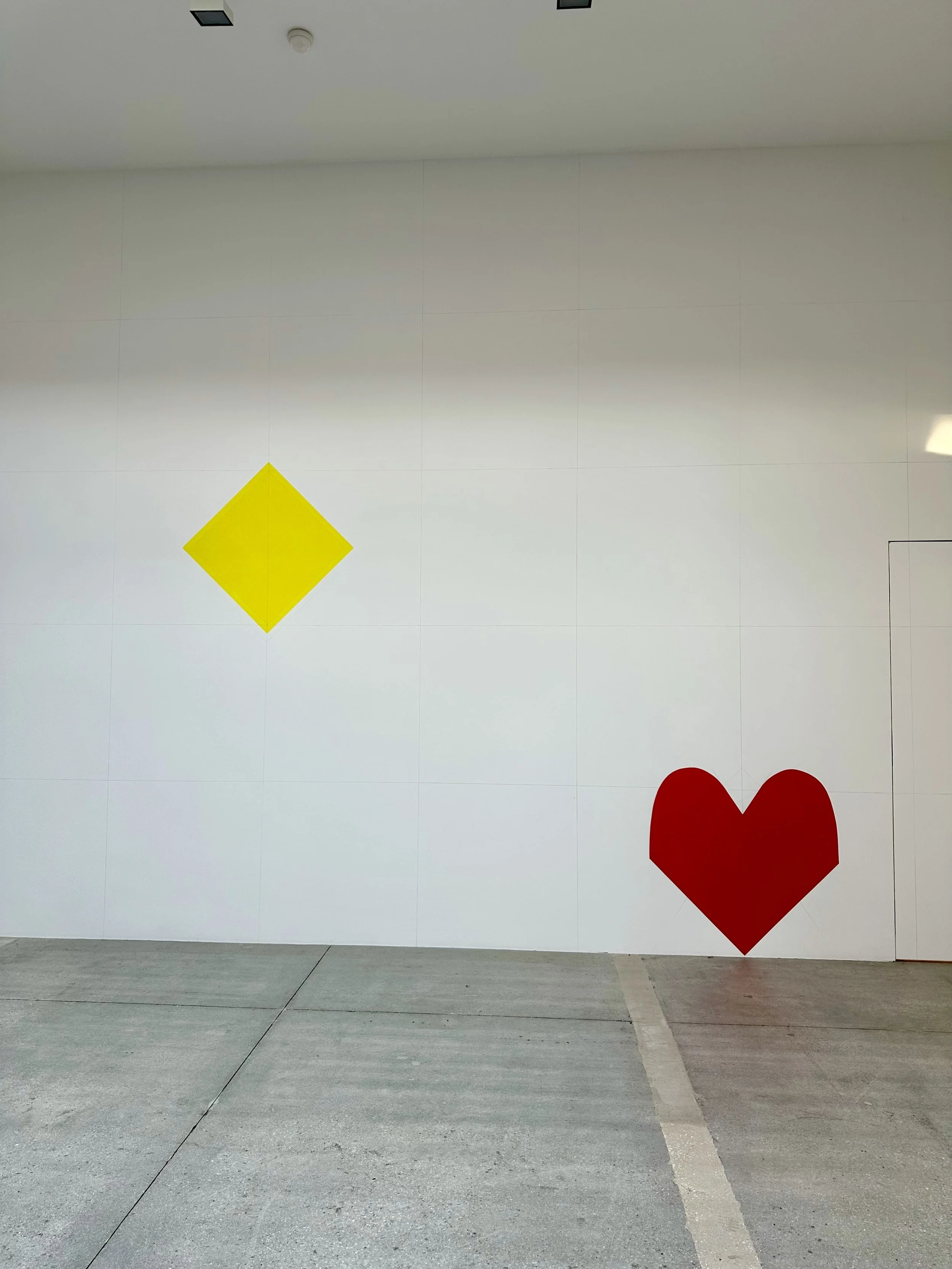Reviewing Books: Teaching in the “Hood”….
Book: “For White Folks Who Teach in the Hood…. and the Rest of Y’all Too: Reality Pedagogy and Urban Education”
Author: Chris Emdin, PhD
In “For White Folks…”, Chris Emdin, PhD writes about his theories and experiences in teaching to K-12 in areas referred by some as “the hood”. To others it’s called “underserved or underrepresented areas”. Yet, other others just call it home. Some of Dr. Emdin’s “Reality Pedagogy” is relatable for improving effective education, but a few elements classify as unicorn theories. Overall, this is a well-written guide on how to engage teachers and students in “urban” schools.
Dr. Emdin emphasizes going beyond standard teaching practices like hours of lesson planning, in order to make a connection with students. Step-by-step methods are outlined to instruct educators in the “hood” how to engage students in the classroom. Giving students roles and duties that make them feel essential to the process is one suggestion. Reaching out to students out of the classroom in their environment is another key component in his prescription. These approaches are noteworthy and are well-received by students in my experiences. However, the author does not incorporate solutions for situations in which a teacher or student is just not down with the technique.
Unicorns in The Hood
Some methods proposed are based on anecdotal experiences. Being a former student and educator within “neoindigenous” environments has taught me that a simple plan of “being real” doesn’t work on everyone and not always for the full ride. Dr. Emdin gives examples that are concerning for the long-term effectiveness of “reality pedagogy”. One is that students only did well within that environment, but dropped it when put into an environment that did not follow “reality pedagogy”. This system would be more effective if instilled in students to a degree that allows them to continue it as a tradition in every class, job and environment that they are exposed. Retaining the core of this methodology might make students less reliant on the principles of institutions that are not built to nurture them to reach their maximum potentials.
Data is not offered as to how many teachers are accepting to and succeeding in this new method, which takes more of their time, energy, and compassion. An instance where a teacher is initially less welcoming to Dr. Emdin’s methods is illustrated. Though the teacher eventually comes around by working closely with Dr. Emdin, what is the middle ground when a teacher does not? Not all teachers who are failing in the “hood” have the benefit of direct contact with Dr. Emdin, so overcoming that is key to executing this method. “Reality pedagogy” might be suitable for teachers who do care to make a difference instead of for the ones who are more interested in doing their job according to old guidelines and securing their paycheck.
In addition, Dr. Emdin was effortlessly allowed to hang out with students within the community, like playing a pick-up game, attending a cook-out, or observing a rap battle. However, this method does not account for teachers who are not as welcome in these communities and find them unfamiliar. As a kid, fellow students were not open to having their teachers come into their afterschool lives- it was weird and slightly threatening. Dr. Emdin might want to add a solution to scenarios in which the teacher is willing to participate in the “hood”, but the “hood” doesn’t want the teacher.
In translating misunderstandings between students and teachers in the “hood”, the author misses the point of promoting an equal amount of respect. Dr. Emdin describes two situations in which teachers and students have disparate perceptions of being prepared. Dealing with unprepared students eats up the limited time allotted to teachers to cover a lot of ground, so coming to an understanding is imperative.
Remember that kid who would come to class and expect to borrow note-taking papers, pens and the textbook from you? Dr. Emdin accepts ‘I planned to borrow it from my friend’ as being prepared and asks teachers to do the same. I’ll take a pass on this one. Aside from disrespecting the teacher, expecting classmates to pick up the slack is not cool. Encouraging a level of respect among students is as equally important as teachers having respect for students and their time.
In junior high and high school, some of my friends hung out in the hall outside of the classroom instead of walking in when the bell rang. They’d also try to talk me into joining them and argue with the teacher that they were not late. Dr. Emdin accedes to the ‘I’m here and on time’ response, and reasons that teachers who are not accustomed to the “hood” should also be tolerant. Again, no. Is it cool when co-workers come to a meeting late? I respect that the author has understanding and compassion for the reasoning behind students’ behaviors, but this doesn’t help anyone.
Bottom Line
If teachers and administrators were devoid of unfounded prejudices, then Dr. Emdin’s system might come naturally. Many of the proposed methods are common sense to teachers who are from “neoindigenous” educational systems. I’ve been using these methods for years without receiving formal training or reading a book. Try this: Walk into a classroom and erase any and all preconceptions. Let your eyes see talent, neuron generation, and synaptic plasticity in each student that is present. When students acquire new information in an encouraging environment, the nervous system reacts. The result is a classroom filled with enthusiastic students and teachers. It is essential that teachers who are unenlightened with the “hood” appreciate the students as human beings who are present in their classrooms, which demonstrates their willingness to participate and learn. If this doesn’t make sense, then read the book intently, take notes, and proceed.
FASHIONABLE SCIENCE™



































